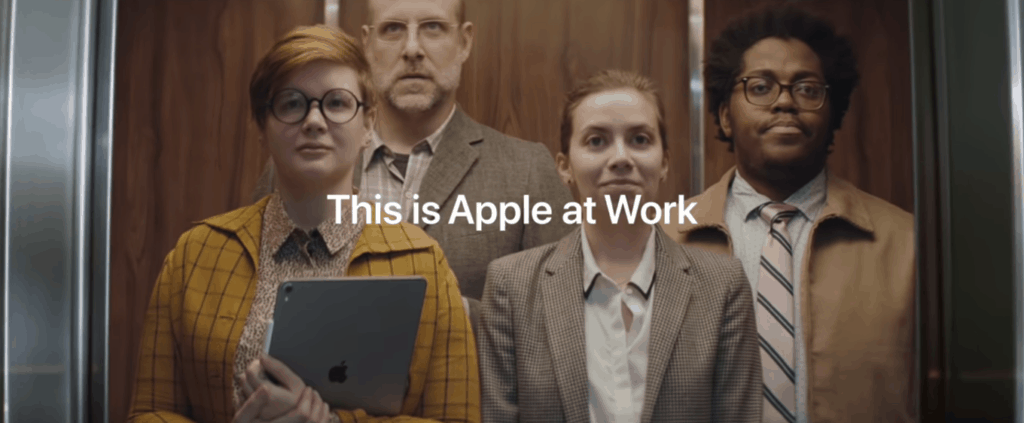Stories are a celebration of our culture and make it easier to pass messages. Personal anecdotes and gossip make up about 65% of conversations, according to a study by Jeremy Hsu. These stories represent a human need to understand and connect emotionally with how and why things happen.
In fact, stories have been scientifically proven to capture someone’s attention. Stories however do more than just capture your attention , they also stimulate brain activity and get your neurons excited.
What is Storytelling?
Storytelling is a powerful tactic that personifies a brand and has become a cornerstone of content marketing. It is defined as using a narrative to connect your brand to consumers, with particular focus on linking your values to those shared by your audience.

By personifying your products or services and giving it a unique identity, your consumers will be able to form a connection with your brand. However, in order for consumers to form a personal connection with your brand, the story you put out must be genuine, engaging and inspirational.
This can also be known as emotional branding. It has the potential to encourage conversion. Since branding is about perception, the way your consumer feels about your brand affects whether they will make a purchase. When your brand tells a story that humanises your products or services and creates an experience that resonates with your audience, they will feel more connected with your brand.
Why Is Brand Storytelling Important?
Why does storytelling matter to a brand? With a highly-saturated market and multiple brands vying for your consumer’s attention, it is much harder to get and keep their attention. This is where brand storytelling comes in.
Consumers are tired of hard-sell—all brands can tell you why their product is the best. The best way to get a consumer’s attention is to focus on why your brand exists and what its purpose is. When you showcase your values, you will be able to engage consumers who share these values and they will be more likely to stay loyal to your brand.
How Do You Do It?
Listening to your audience is key to understanding their desires, concerns, beliefs and values. This will help your brand craft an effective brand story that will evoke emotions and touch your audience. When coming up with a brand story, it is important to remember that your main character is your consumer—they are the hero in the story and your brand is their guide.
Another way to speak personally to your audience is with the type of language you use. Choose the wrong tone and your audience will quickly lose attention. This is why it is key to spend time listening to your audience, and figure out the best way to communicate you’re your audience.
Stories can be told through many different mediums, whether it be a film, written content or videos. Oftentimes, the most impactful stories are from your audiences. Sourcing those stories might be tough, but when you find one that will deeply touch your audience’s hearts, invest in bringing it to life and prioritise it over your product message.
Good Brands Tell Stories
In 2019, Apple released a long-form video in the form of storytelling to connect better with their audience. The 4 protagonists are the underdogs at their company and are tasked to give a pitch in 2 days to their boss.
The video features quirky and relatable characters as they create a prototype, brainstorm branding ideas and consult with other departments to prepare for their presentation. All these efforts are aided by their Apple devices and features, whether they’re working together in the same room or from home.

The goal of the video was not to show whether the team actually succeeded or not, but the goal is clear from the last scene–they are confident about what they’re doing.
This storytelling campaign engaged and entertained their viewers, while building a strong brand message and reinforcing the idea that Apple products help employees do their best work and help you achieve your goals.
Additionally, by siding with the underdog, Apple’s brand story connects with their audience and leaves the audience with a warm and positive sentiment about Apple and its products.
Stories Are The Communal Currency of Humanity
In fact, Apple does a brilliant job at creating effective brand stories. Similarly, in 2018 Apple released a series of videos featuring real life stories to promote their new Apple watch. The four and half minute video uploaded by Apple featured multiple voice overs of different users recounting how their lives were saved by Apple Watch.

The stories that were curated from Apple’s own users featured no hard-sell and in fact very simply sat people down to talk about very human experiences that could happen to anyone one of us–like a car accident, heart problems and more.
The video gained 25,000 likes and over 1.5 million views. Instead of putting out an advertisement that highlighted their heart rate monitoring feature, Apple decided to go with personal stories that resonated with their audiences and consumers and could inspire more such stories being shared and creating new brand advocates.
This shows how brands can become appealing and forge stronger connections with their audiences through using brand storytelling. If brands do extensive research into their audience and use those insights to craft a compelling brand story, they will be able to stand out against their competitors, foster consumer loyalty and encourage more conversions. So, try integrating storytelling into your brands today!
— —
Hero image: Nong Vang, Unsplash
